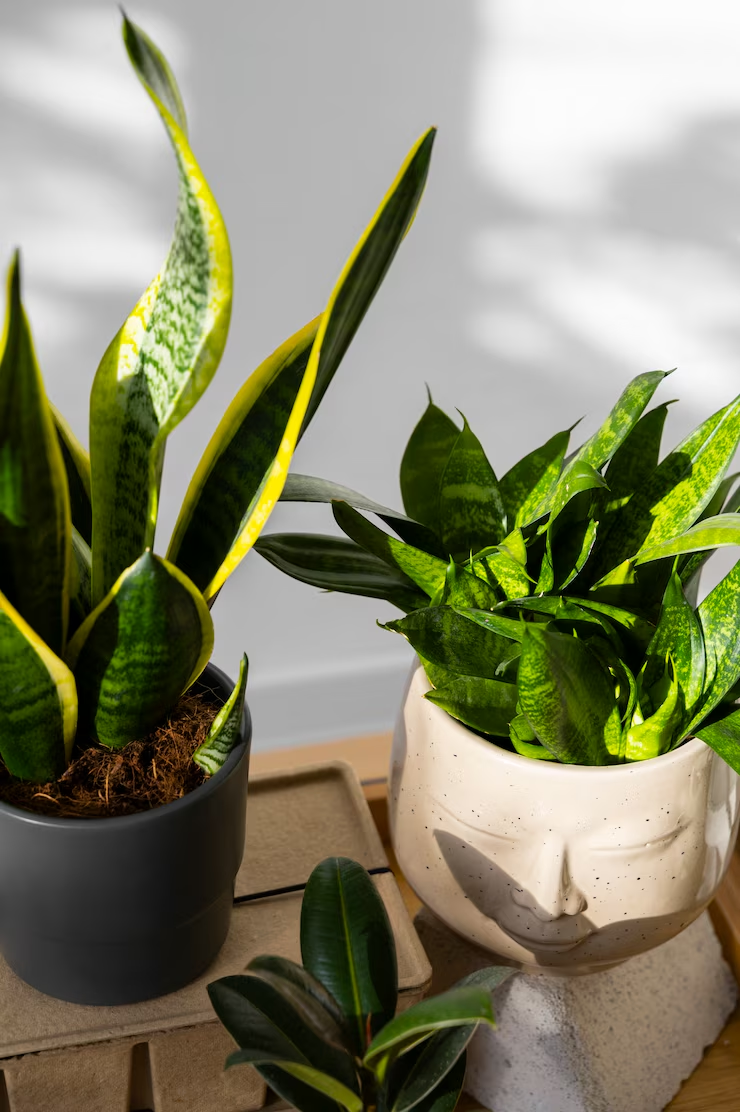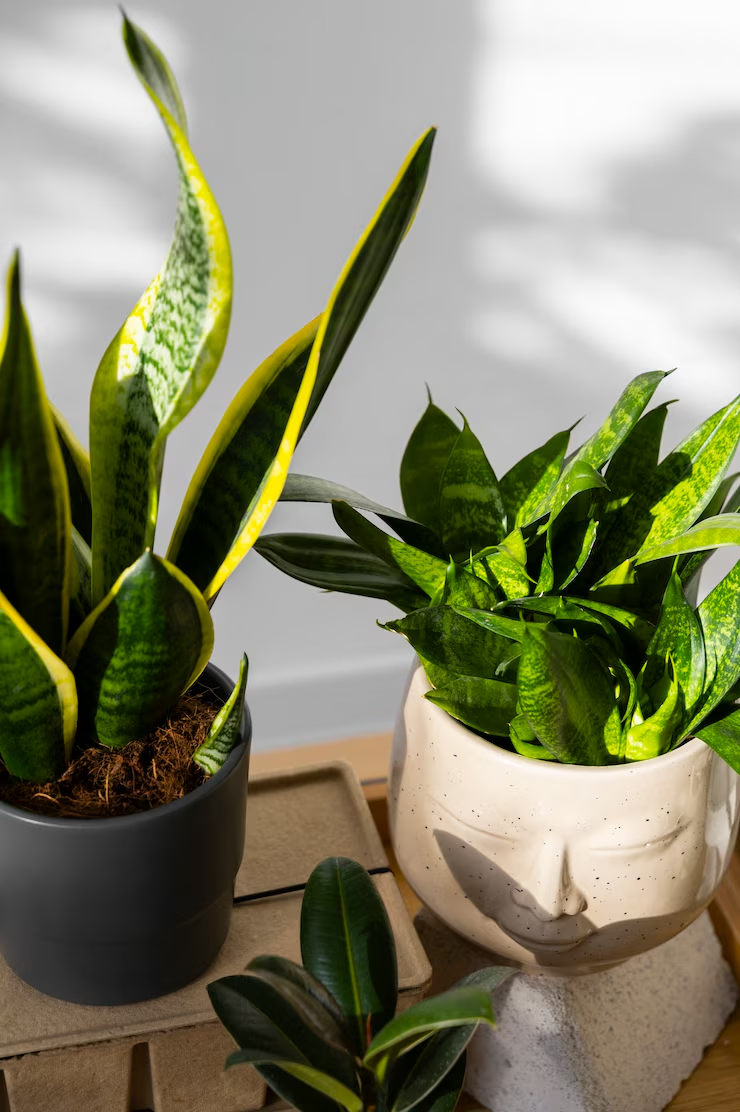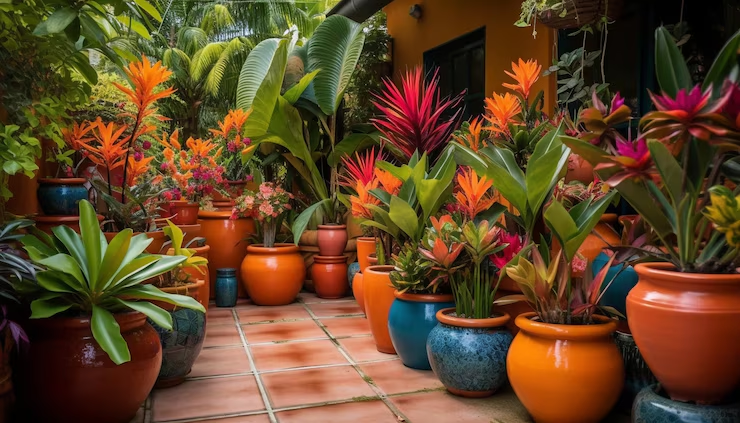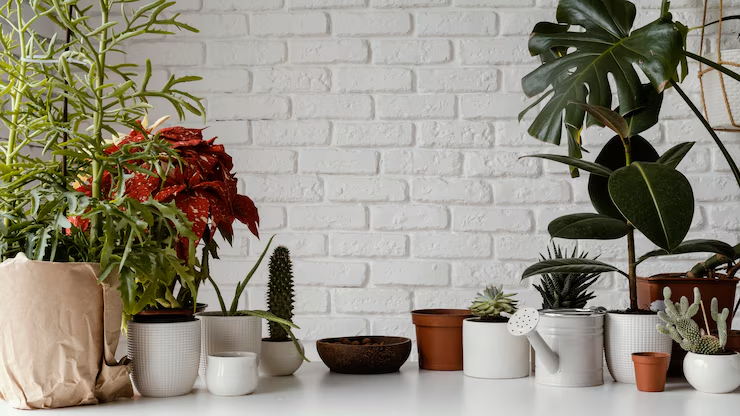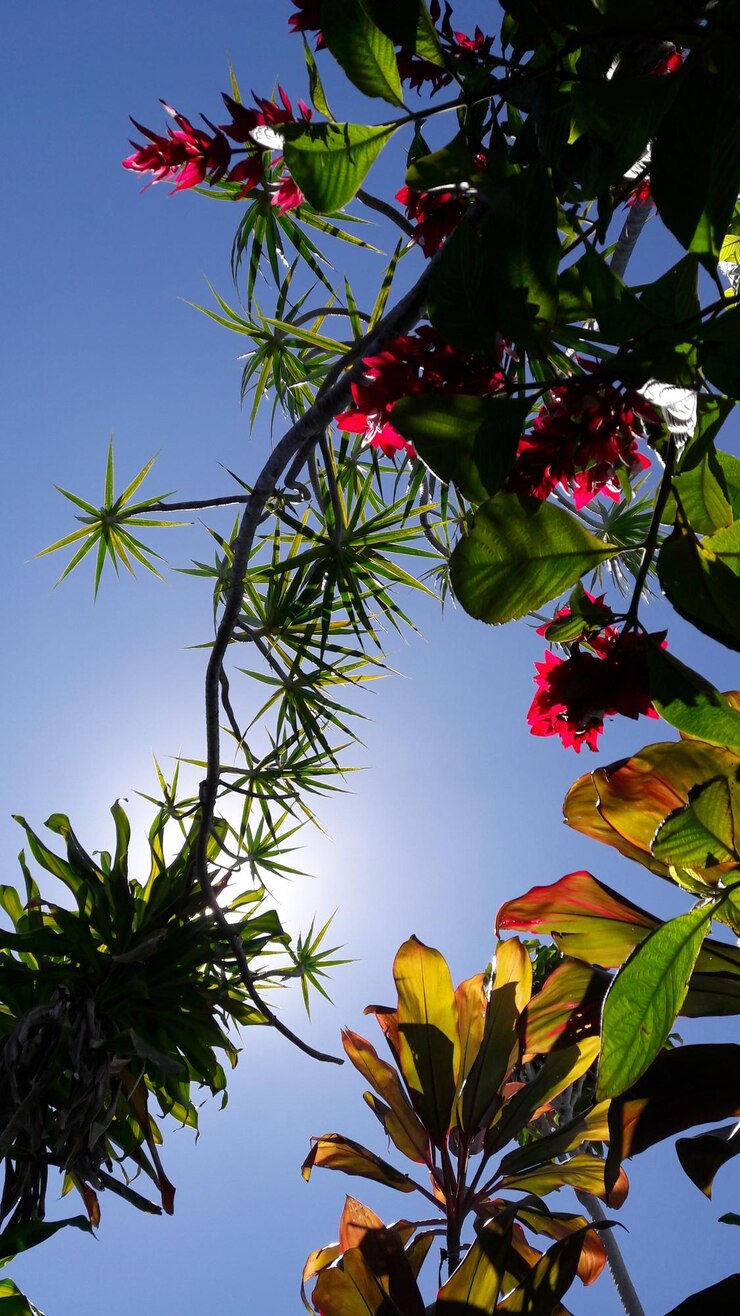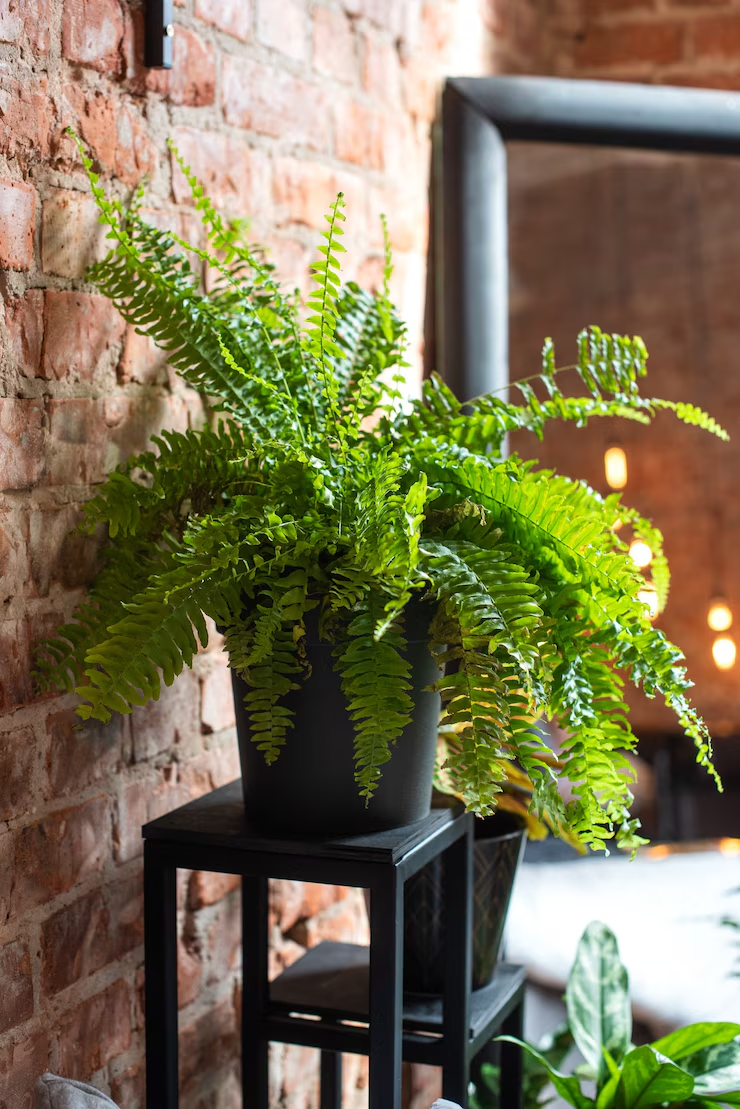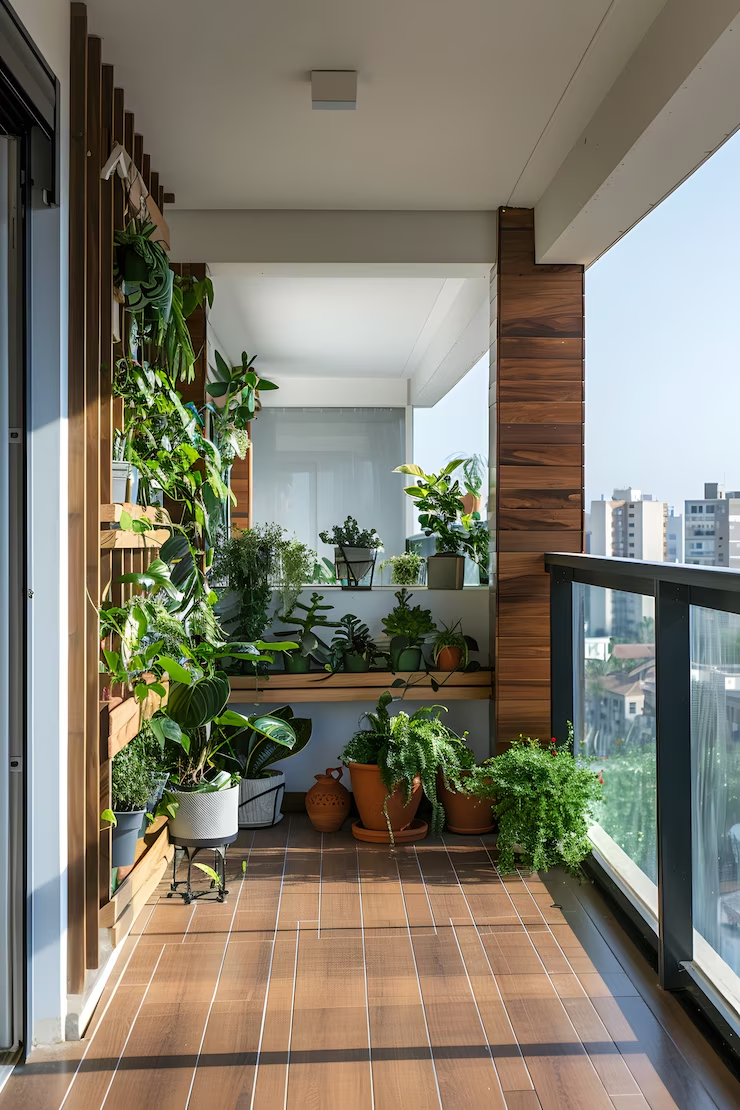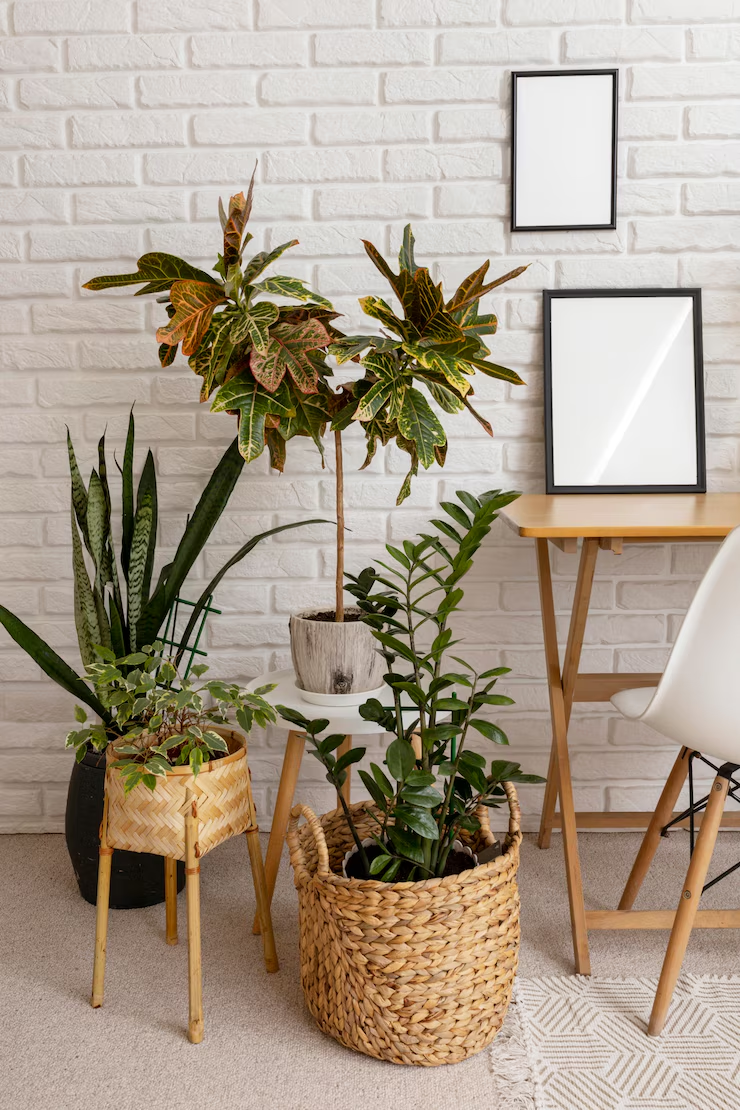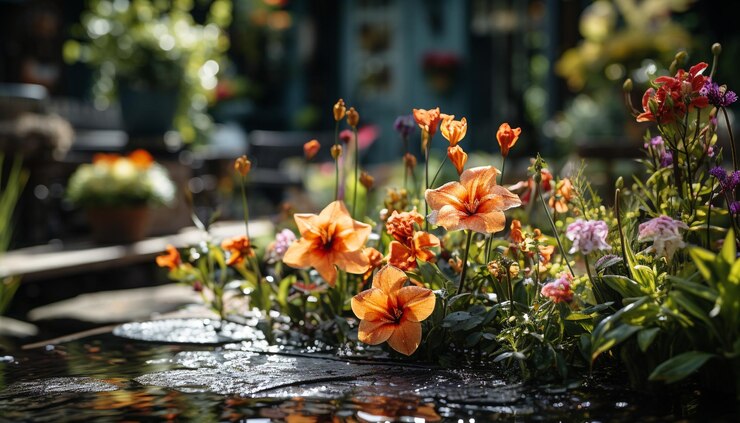Use Plants to Naturally Freshen the Air in Your Home
Your indoor air might be more polluted than you think — filled with dust, odors, and chemicals from everyday products. But the solution isn’t just a fancy air purifier. Plants can play a powerful role in naturally cleaning the air, adding oxygen, and making your home smell fresh and feel calm. In this guide, you’ll … Ler mais

